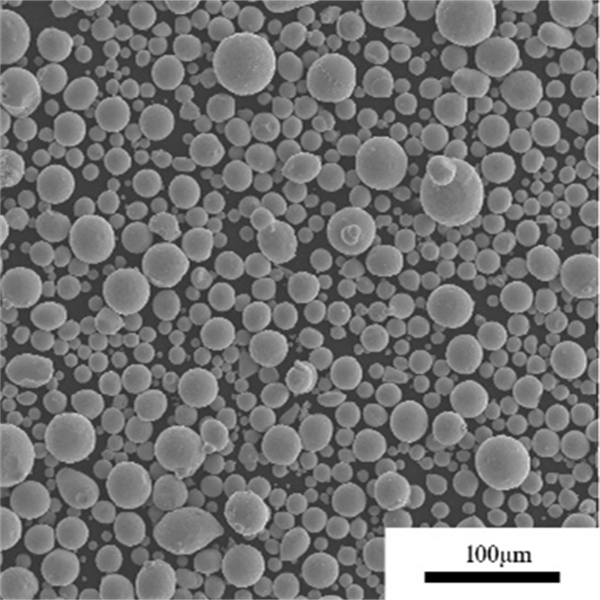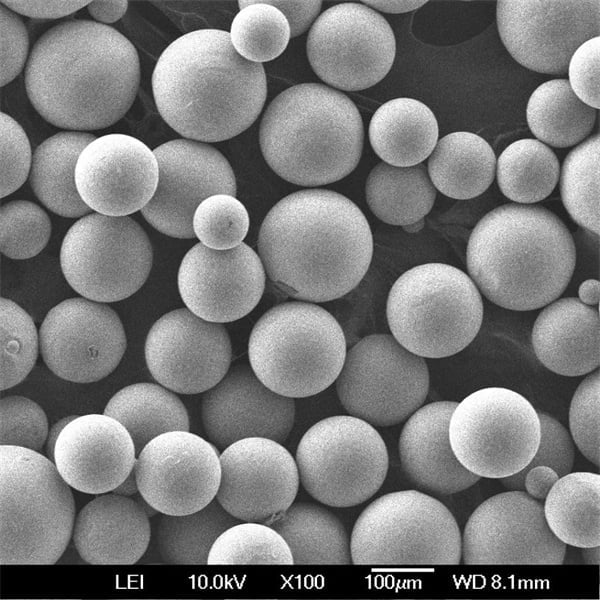Divergent Adaptive Production System (DAPS)
Table of Contents
Overview
Welcome to the world of the Divergent Adaptive Production System (DAPS), where traditional manufacturing meets groundbreaking innovation. DAPS represents a revolutionary approach in the realm of production systems, enabling unprecedented flexibility, efficiency, and adaptability. In this article, we’ll dive deep into the intricacies of DAPS, exploring its components, advantages, applications, and more. By the end, you’ll have a comprehensive understanding of why DAPS is poised to redefine modern manufacturing.
What is Divergent Adaptive Production System (DAPS)?
DAPS, or Divergent Adaptive Production System, is a novel manufacturing methodology that integrates adaptive technology and divergent production techniques. It allows for the production of a wide variety of products within a single system, adapting swiftly to changes in design, materials, and production volumes. This system is particularly advantageous for industries requiring high customization and rapid turnaround times.
Key Components of DAPS
- Adaptive Manufacturing Units (AMUs): These are the core building blocks of DAPS, capable of altering their functions based on the requirements of the product being manufactured.
- Smart Material Handling Systems: Automated systems that ensure efficient transport and management of materials within the production environment.
- Real-time Monitoring and Control Systems: Advanced software that continuously monitors production parameters, ensuring optimal performance and quick adaptation to changes.
- Integrated Quality Assurance Modules: These ensure that each product meets the required standards without interrupting the production flow.

Types of Metal Powder Models Used in DAPS
In DAPS, metal powders play a crucial role, particularly in additive manufacturing processes. Here are ten specific metal powder models commonly used:
| Metal Powder Model | Composition | Properties | Characteristics |
|---|---|---|---|
| AlSi10Mg | Aluminum-Silicon-Magnesium | High strength, low weight | Good for lightweight components |
| Ti6Al4V | Titanium-Aluminum-Vanadium | High strength, corrosion-resistant | Ideal for aerospace and medical applications |
| 316L Stainless Steel | Iron-Chromium-Nickel-Molybdenum | High corrosion resistance, good weldability | Suitable for harsh environments |
| Inconel 718 | Nickel-Chromium-Iron | High temperature resistance, strength | Used in turbine blades, aerospace |
| CoCrMo | Cobalt-Chromium-Molybdenum | Wear resistance, biocompatibility | Common in medical implants |
| CuCrZr | Copper-Chromium-Zirconium | High electrical and thermal conductivity | Perfect for electrical components |
| H13 Tool Steel | Iron-Chromium-Molybdenum | High hardness, thermal fatigue resistance | Ideal for molds and dies |
| Maraging Steel | Iron-Nickel-Cobalt-Molybdenum | Very high strength, toughness | Used in high-stress applications |
| Al6061 | Aluminum-Magnesium-Silicon | Good mechanical properties, corrosion-resistant | Versatile for automotive and aerospace |
| NiTi | Nickel-Titanium | Shape memory, superelasticity | Used in medical devices and actuators |
Applications of Divergent Adaptive Production System (DAPS)
DAPS is highly versatile and finds applications across various industries:
| Industry | Applications |
|---|---|
| Aerospace | Custom aerospace components, turbine blades |
| Automotive | Prototype development, custom parts |
| Medical | Implants, prosthetics, medical devices |
| Consumer Goods | Custom electronics, home appliances |
| Defense | Specialized equipment, custom armaments |
| Energy | Turbine parts, high-efficiency components |
| Jewelry | Custom jewelry designs, intricate patterns |
| Construction | Custom fittings, structural components |
| Electronics | Heat sinks, custom enclosures |
| Robotics | Custom robotic parts, adaptive components |
Specifications, Sizes, Grades, and Standards
DAPS systems need to adhere to various specifications and standards to ensure consistency and quality. Here’s a detailed look:
| Parameter | Specification |
|---|---|
| Metal Powder Sizes | 15-45 µm, 45-106 µm, 106-150 µm |
| Grades | ASTM F136, ISO 5832-3, AMS 5662, etc. |
| Standards | ISO 9001, AS9100, ISO 13485 |
| Machine Specifications | Build Volume: 250 x 250 x 300 mm, 400 x 400 x 400 mm, etc. |
| Layer Thickness | 20-100 microns |
| Laser Power | 200W, 400W, 1kW |
| Accuracy | ± 0.05 mm, ± 0.1 mm |
Suppliers and Pricing Details
Here are some prominent suppliers of metal powders for DAPS and their pricing details:
| Supplier | Metal Powder | Price per kg (USD) |
|---|---|---|
| Höganäs | AlSi10Mg | 50-70 |
| Sandvik | Ti6Al4V | 300-400 |
| Carpenter Technology | 316L Stainless Steel | 80-100 |
| Praxair | Inconel 718 | 120-150 |
| Kennametal | CoCrMo | 200-250 |
| GKN Additive | CuCrZr | 40-60 |
| Carpenter Additive | H13 Tool Steel | 60-80 |
| Erasteel | Maraging Steel | 90-120 |
| LPW Technology | Al6061 | 50-70 |
| ATI Specialty Materials | NiTi | 400-600 |
Advantages of Divergent Adaptive Production System (DAPS)
DAPS offers several significant benefits over traditional production systems:
- Flexibility: Ability to quickly switch between different product designs and materials.
- Efficiency: Streamlined processes reduce production time and costs.
- Customization: Enables high levels of product customization without additional tooling.
- Scalability: Easily scalable from small batch to mass production.
- Sustainability: Reduced waste through precise material usage and efficient production techniques.
Disadvantages of Divergent Adaptive Production System (DAPS)
Despite its numerous advantages, DAPS also has some limitations:
- Initial Cost: High setup and initial investment costs.
- Complexity: Requires advanced technical knowledge to operate and maintain.
- Material Limitations: Not all materials are suitable for all DAPS processes.
- Maintenance: Regular maintenance is essential to keep the system running optimally.
- Standardization: May face challenges with standardization across different industries.
Detailed Comparison: Traditional Manufacturing vs. DAPS
| Aspect | Traditional Manufacturing | DAPS |
|---|---|---|
| Setup Cost | Lower initial cost | Higher initial cost |
| Production Speed | Slower for customized parts | Faster for customized parts |
| Flexibility | Limited | High |
| Waste | More material waste | Minimal material waste |
| Customization | Tooling changes required | On-the-fly customization |
| Material Use | Specific materials for specific processes | Wide range of materials in one system |
Future of Divergent Adaptive Production System (DAPS)
The future of DAPS looks promising, with continuous advancements expected in:
- Automation: Increased integration of AI and machine learning for smarter production processes.
- Materials: Development of new materials tailored for DAPS.
- Global Adoption: Wider acceptance and implementation across different industries worldwide.
- Cost Reduction: Advances in technology leading to lower costs and higher accessibility.

FAQ
| Question | Answer |
|---|---|
| What is DAPS? | A flexible, efficient manufacturing system that adapts to various production needs. |
| How does DAPS work? | Utilizes adaptive manufacturing units and smart systems for real-time production adjustments. |
| What industries benefit most from DAPS? | Aerospace, automotive, medical, consumer goods, defense, energy, jewelry, construction, electronics, and robotics. |
| What are the main advantages of DAPS? | Flexibility, efficiency, customization, scalability, and sustainability. |
| What are the disadvantages of DAPS? | High initial cost, complexity, material limitations, maintenance needs, and standardization challenges. |
| How does DAPS compare to traditional manufacturing? | DAPS offers higher flexibility, efficiency, |
Share On
MET3DP Technology Co., LTD is a leading provider of additive manufacturing solutions headquartered in Qingdao, China. Our company specializes in 3D printing equipment and high-performance metal powders for industrial applications.
Inquiry to get best price and customized Solution for your business!
Related Articles
About Met3DP
Recent Update
Our Product
CONTACT US
Any questions? Send us message now! We’ll serve your request with a whole team after receiving your message.

Metal Powders for 3D Printing and Additive Manufacturing
COMPANY
PRODUCT
cONTACT INFO
- Qingdao City, Shandong, China
- [email protected]
- [email protected]
- +86 19116340731

















